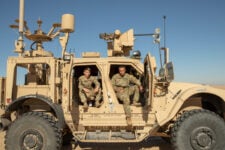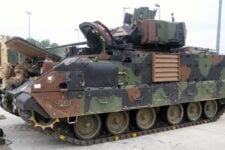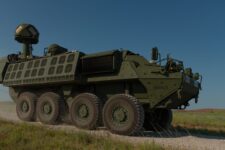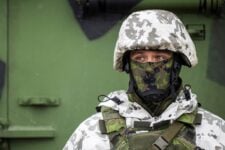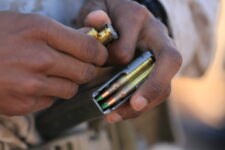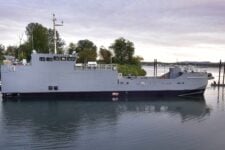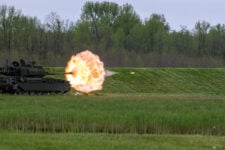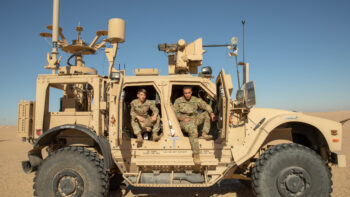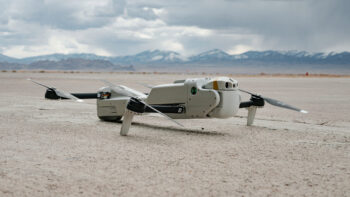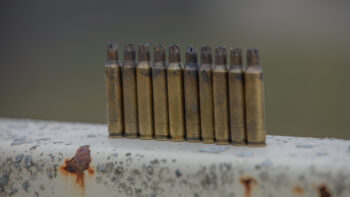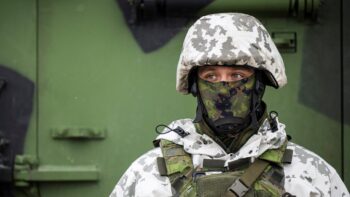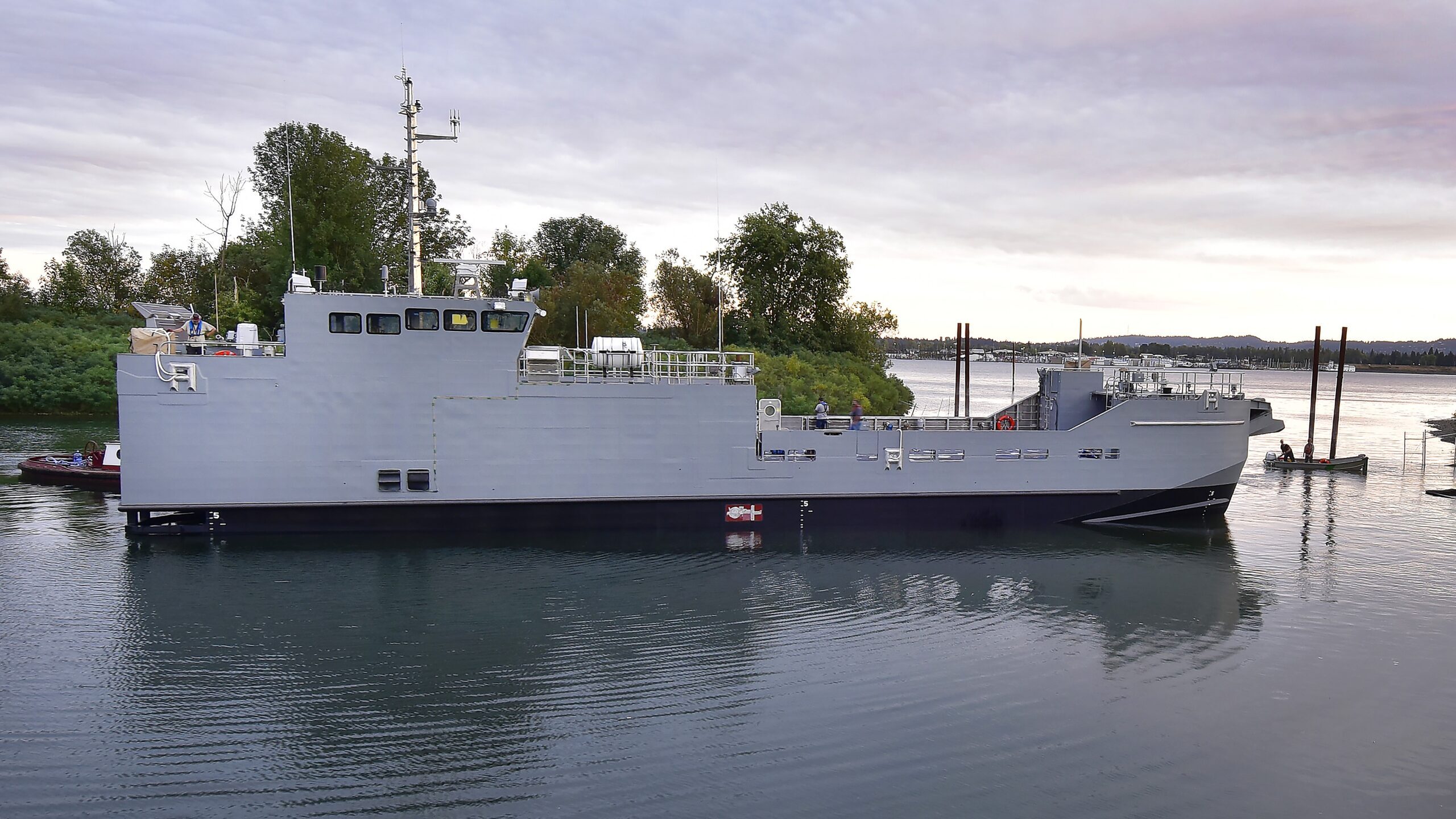
Shown here is the Army’s Maneuver Support Vessel – Light, the service will put it through its paces during Project Convergence in March. (Vigor via army.mil)
WASHINGTON — US Army plans to field a mix of manned and autonomous boats to sustain the force in the Indo-Pacific region are progressing to include updating a watercraft strategy that could guide acquisition and sustainment plans, according to a trio of service officials.
“The Indo-Pacific [area of responsibility] AOR involves a significant amount of water, and thus we must evolve our watercraft strategy and capabilities to ensure we meet our intra-theater sustainment responsibilities,” Maj. Gen. James Smith, the Army’s director of operations focused on strategic logistics, told an audience at an Association of the US Army event. “And in this vein, we have to nest our sister services’ [large-scale combat operation] requirements to underwrite their lethality as well: We must determine how we mutually support one another across our various roles and responsibilities.”
While Smith didn’t detail all of the open question marks he needs the revamped strategy to address, or disclose a timetable for wrapping it up, the strategy’s findings could influence a variety of existing or developing programs and drive sustainment plans.
On the vessel side of the equation, Vigor Works recently delivered its first Maneuver Support Vessel-Light (MDV-L) to the service, and Army mariners are now set to sail it down to the San Diego, Calif. area for the upcoming Project Convergence 2024 capstone event, Maj. Gen. Michelle Donahue, the head of the Army’s Combined Arms Support Command, told the audience today.
That event is billed as a way, in part, to test out new equipment and operate concepts with sister services and international partners; and soldier feedback from it could potentially shape plans for subsequent vessels. In October 2023, Army acquisition head Doug Bush explained that the vessel’s lofty price tag may mean that the service maintains the requirements for the first four MSV-Ls and then alters them to drive down the cost for the remaining nine boats it’s slated to buy.
The MSV-L line is slated to replace the Vietnam-era Landing Craft Mechanized-8 (LCM-8), and Army is also eyeing a larger, MSV-Heavy. However, last year Bush said the Army is still in the “think about it stage” with those requirements, and more insights are needed about the right mix of manned and unmanned boats, and “other ways” to move stuff around on the water. Accordingly, the Army Futures Command’s cross-functional team (CFT) dedicated to contested logistics is slated to weigh in.
Rob Watts, the deputy director for the contested logistics CFT, was also at today’s event, and while he did not detail his shop’s role in crafting the watercraft strategy, he noted that his shop has been tasked with drafting plans for “affordable” autonomous resupply vessels as part of its work on “human-machine integrated supply distribution.”
“Envision a swarm of these autonomous vessels going out to various island chains … not having to beach because we’re gonna have the [unmanned aerial vehicles] UAVs come in, meet somewhere over the water, grab portions, and take that AOR’s portion… of ammo, food, blood … and take it to the point of need,” he told the audience.
“No beach, unload, load, drive, unload … That’s a concept we’ve started to build,” Watts added.
While all of these lines of effort could be influenced by a revamped strategy looking at requirements and missions, Smith said the entire sustainment model is also up for a shakeup.
Today, Army watercraft are typically sent back to the United States for repairs, he noted, which is not the ideal model. The service is instead looking at which boat fixes can be made inside the theater of operations instead to “keep the watercraft on a tighter tether” and ensure that combatant commanders have what they need, Smith said.
Such a pivot isn’t a radical shift but one the Army and Pentagon have been moving towards for several years as the US looks to shore up relationships in the Indo-Pacific region and reduce its logistics footprint. On the heels of Exercise Talisman Sabre 2023, for example, 8th Theater Sustainment Command Maj. Gen. Jered Helwig told Breaking Defense the Army planned to leave more equipment in Australia to reduce the logistics burden of future exercises there. He also noted that the Army has been able to tap into the country’s supply chain to fix broken weapon systems during the exercise, and a few months earlier, in March 2023, said the Army was potentially interested in partnering up with Australia on a boat venture.
“We’ve talked to Australia, who’s also looking to build a boat, about … how do we partner and make this more interoperable, so that maybe we’re able to maintain each other’s boats,” Helwig said at the time.
